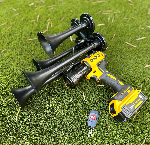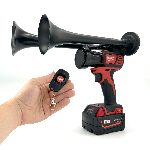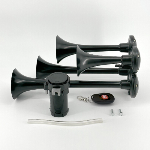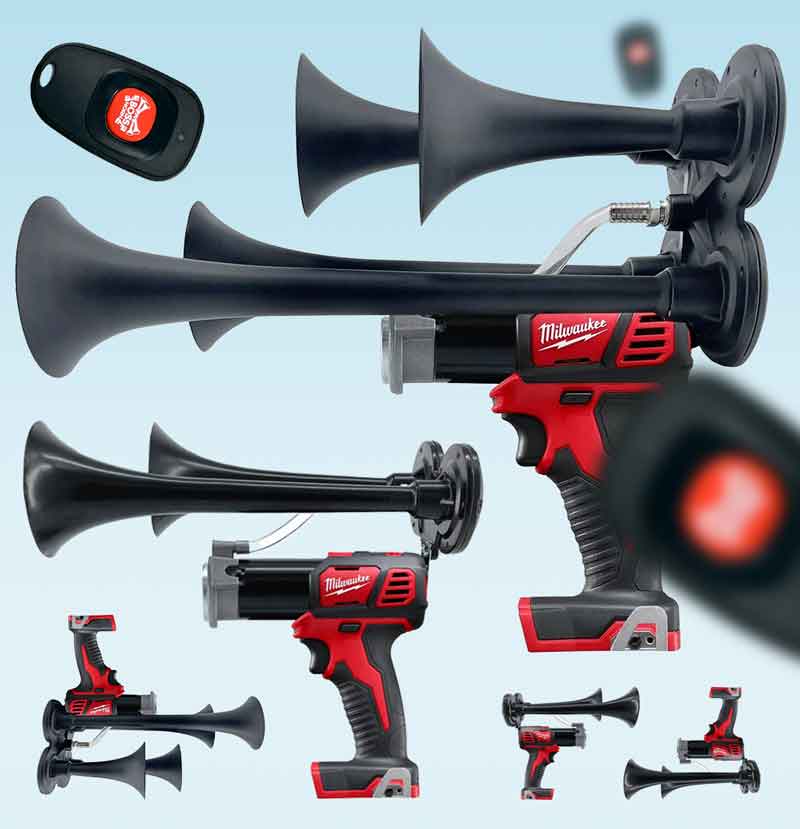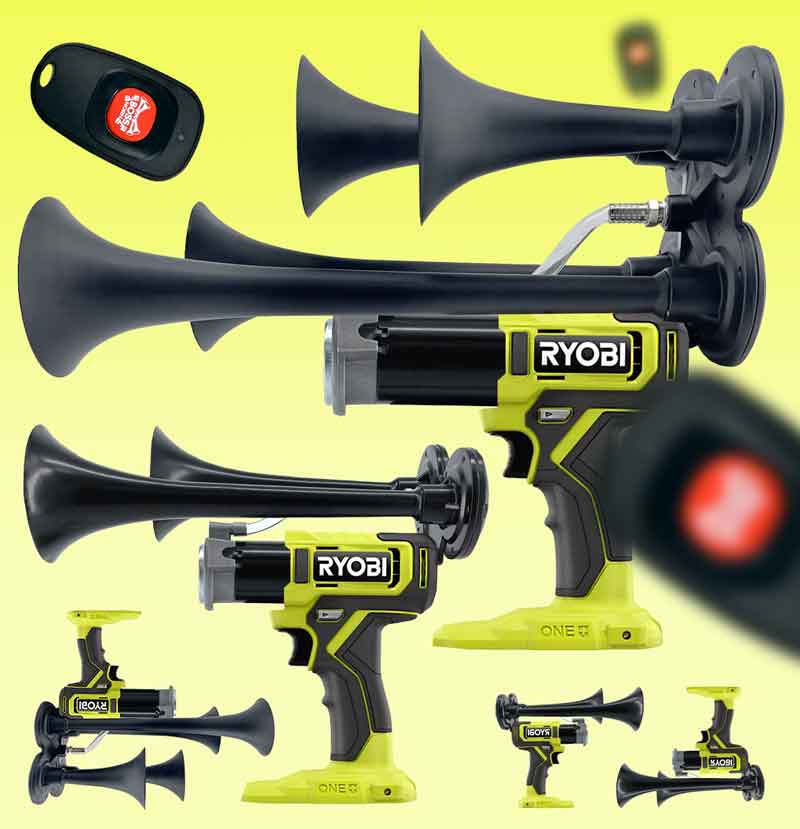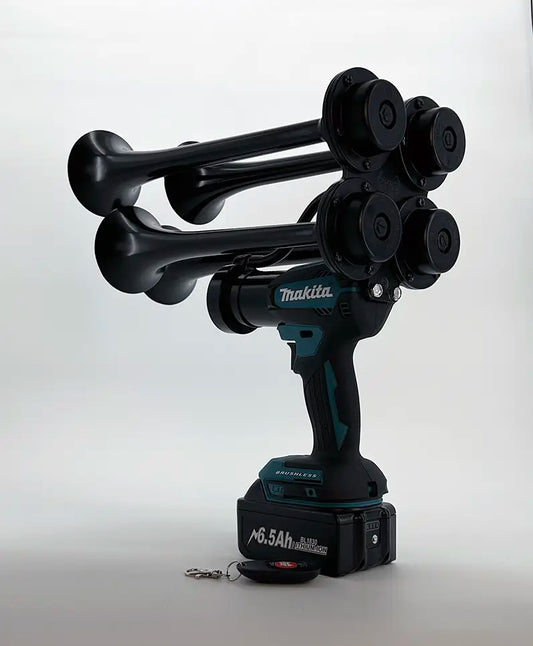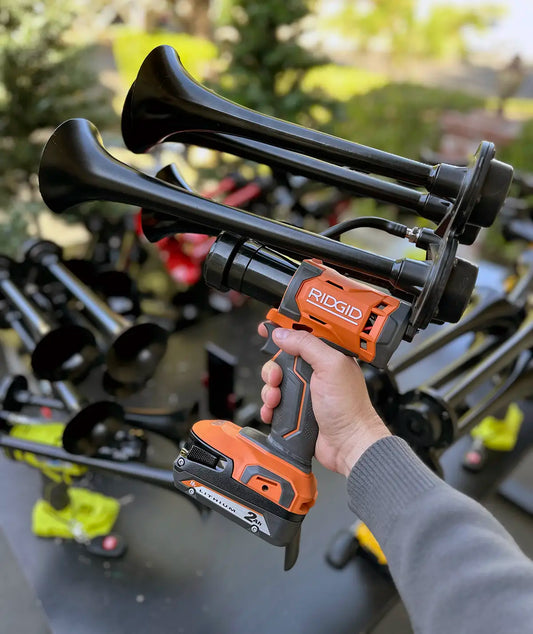Have you ever experienced the frustrating sound disruptions coming from your neighbors? Whether it's late-night parties or a seemingly never-ending construction project, unwanted noise can be a real nuisance. In today's modern world, where urban living is increasingly prevalent, noise pollution has become a significant issue affecting the quality of life for many. The impact of excessive noise on people's physical and mental well-being cannot be understated, leading to stress, sleep disruptions, and even cardiovascular diseases.
Throughout history, people have sought various ways to maintain peace and tranquility in their living environments. Noise complaints have been prevalent for centuries, leading to the invention of noise-canceling technologies and soundproofing techniques. Modern society has placed significant importance on reducing noise pollution, with regulations and laws enacted to curb excessive noise. Yet, despite these measures, the problem of noise disturbances by neighbors continues to be a challenge in many communities worldwide.
One effective solution that has gained popularity in recent years is the use of white noise machines or sound conditioners. These electronic devices emit a constant, soothing background noise that helps mask disruptive sounds from neighboring apartments or houses. This steady sound can help individuals focus, relax, and sleep peacefully despite the disturbances from their surroundings. One study found that using white noise machines increased sleep efficiency by 38% and reduced the time it takes to fall asleep by 50% for individuals exposed to background noise.
While white noise machines are an excellent option for combating noise pollution, it is also crucial for individuals to engage in constructive dialogue with their neighbors. Open communication can foster understanding and empathy, leading to mutually beneficial solutions. In some cases, local authorities or neighborhood associations may mediate conflicts and enforce noise restrictions to ensure a harmonious living environment for everyone.
As our urban areas continue to expand and populations grow, noise pollution remains a pressing concern. The negative effects of excessive noise on our well-being cannot be ignored. While implementing noise-canceling technologies and seeking legal remedies are effective steps, finding a balance between personal responsibility and open communication with neighbors is key to establishing a harmonious living environment. Only by collectively addressing the issue can we ensure a peaceful coexistence and preserve our physical and mental health.
Why is a Noise Maker for Neighbors bothering you so much?
Living in close proximity to neighbors can be challenging at times, especially when noise becomes an issue. Whether it's excessive music, loud parties, or disruptive activities, dealing with noisy neighbors can be frustrating and affect the peace and quiet of your own home. Understanding the various reasons behind their noise-making habits, the potential advantages, and finding effective solutions can help create a harmonious living environment for all. In the following sections, we will explore different aspects of noise makers for neighbors and discuss how to address this issue in a considerate and proactive manner.
Noise Pollution and Its Impact on Neighbors
Noise pollution is a prevalent issue in today's busy world, especially in urban areas where neighbors live in close proximity to one another. Excessive noise can not only be a nuisance but also have a negative impact on the overall well-being and quality of life for those who have to endure it. This article delves into the core sections related to noise pollution and provides insights into its effects on neighbors.
The Types of Noise Pollution
Noise pollution can take various forms, each with its own set of consequences. Understanding these different types can help identify the sources and potentially find solutions to mitigate them. The three main categories of noise pollution are:
- Environmental Noise: This includes noise from traffic, construction sites, airports, and recreational activities. It is often a leading cause of disturbance for many neighbors.
- Neighborhood Noise: Noise produced within residential areas, such as loud parties, barking dogs, or even everyday activities, can significantly impact neighbors' peace and tranquility.
- Industrial Noise: Industrial activities, factories, and machinery generate excessive noise that can travel beyond their boundaries and affect neighboring residential areas.
The Effects on Neighbors
The constant exposure to excessive noise can have several detrimental effects on neighbors:
- Health Implications: Prolonged exposure to high noise levels can lead to stress, high blood pressure, sleep disturbances, and even cardiovascular issues.
- Decreased Quality of Life: Noise pollution can disrupt daily activities, affect concentration, and hinder communication, resulting in increased irritability, decreased productivity, and reduced overall well-being.
- Social Strain: Persistent noise disturbances can strain relationships among neighbors and lead to conflicts, creating an unpleasant living environment.
- Sleep Disturbances: Excessive noise during nighttime can cause sleep disturbances, leading to insomnia and fatigue, which can further impact one's physical and mental health.
The Importance of Noise Regulation and Solutions
Noise regulation plays a crucial role in addressing noise pollution and maintaining harmonious communities. Some viable solutions to mitigate noise pollution include:
- Enforcing Noise Regulations: Strict implementation of existing noise regulations can help discourage individuals and businesses from creating excessive noise.
- Soundproofing: Proper insulation and soundproofing measures for buildings and residences can reduce the transmission of noise and minimize its impact on neighbors.
- Public Awareness: Educating the public about the consequences of noise pollution and fostering a sense of responsibility towards maintaining a peaceful neighborhood can promote better behavior and reduce noise disturbances.
Statistics on Noise Pollution
Here are some eye-opening statistics related to noise pollution:
- According to the World Health Organization (WHO), environmental noise is considered one of the most significant environmental health risks, affecting more than two-thirds of the population living in European Union countries.
- A study by the Centers for Disease Control and Prevention (CDC) revealed that exposure to excessive noise affects approximately 28 million adults in the United States, potentially leading to various health conditions.
- In a survey conducted by the European Environment Agency (EEA), noise was reported as one of the top environmental concerns by 90% of respondents.
These statistics highlight the widespread impact of noise pollution on individuals and emphasize the need for collective efforts to tackle this growing problem.
https://youtube.com/watch?v=mmSEwgQHjIQ
Frequently Asked Questions about Keeping Noise Levels in Check
1. How can I be considerate towards my neighbors?
To cultivate good neighborly relations, it is essential to be mindful of the noise levels emanating from your premises. Here are some helpful tips to be considerate towards your neighbors:
- Keep volume levels of electronics and musical instruments at a reasonable level.
- Avoid loud activities during late evening and early morning hours.
- Use headphones when listening to music or watching movies to minimize noise leakage.
The three most important pieces of information in being considerate towards your neighbors are:
1. Keeping volume levels at a reasonable level.
2. Avoiding loud activities during sensitive hours.
3. Using headphones when engaging in noisy activities.
2. Are there any specific rules or regulations regarding noise limits?
Yes, many regions have specific rules and regulations in place to maintain noise limits and protect the peace of neighborhoods. These rules typically outline acceptable noise levels during different times of the day, commonly referred to as "quiet hours," and define noise sources that may be considered disruptive. To ensure compliance with noise regulations:
- Familiarize yourself with the local noise ordinances applicable to your area.
- Be aware of the specific time periods designated as "quiet hours."
- Understand the types of noise that may be considered disruptive, such as loud parties or construction noise.
The three most important pieces of information regarding noise limits are:
1. Familiarize yourself with local noise ordinances.
2. Be aware of designated "quiet hours."
3. Understand what types of noise may be considered disruptive.
3. How can I reduce noise from common household activities?
Reducing noise from everyday household activities is key to maintaining a peaceful living environment. Implement the following measures to minimize noise:
- Place felt pads on furniture legs to prevent scraping noises.
- Add rugs or carpets to absorb sound and reduce the impact of footsteps.
- Regularly maintain appliances and machinery to ensure they operate quietly.
The three most important pieces of information for reducing noise from household activities are:
1. Placing felt pads on furniture legs to prevent scraping noises.
2. Adding rugs or carpets to absorb sound.
3. Regularly maintaining appliances and machinery.
4. What can I do to soundproof my home?
If noise is a persistent issue, you may consider soundproofing your home to minimize the transfer of sound between rooms or from outside. Soundproofing options include:
- Adding door sweeps or weatherstripping to seal gaps under doors.
- Installing soundproof curtains or acoustic panels to absorb and reduce sound.
- Using soundproofing materials, such as acoustic foam or insulation, on walls or ceilings.
The three most important pieces of information for soundproofing a home are:
1. Adding door sweeps or weatherstripping to seal gaps under doors.
2. Installing soundproof curtains or acoustic panels.
3. Using soundproofing materials like acoustic foam or insulation.
5. What steps can I take if my neighbor's noise is consistently disruptive?
If you find your neighbor's noise consistently disruptive, engaging in dialogue to address the issue is the first step towards finding a resolution. Consider the following actions:
- Politely communicate your concerns and the impact the noise is having on your daily life.
- Suggest potential solutions or compromises that may alleviate the issue.
- If the noise continues to be problematic, consult local authorities or neighborhood associations for further guidance.
The three most important pieces of information when dealing with a neighbor's disruptive noise are:
1. Politely communicate concerns and the impact of the noise.
2. Suggest potential solutions or compromises.
3. Consult local authorities or neighborhood associations if the issue persists.
Conclusion
In conclusion, a noise maker for neighbors can be an effective solution to address noisy disturbances without engaging in direct confrontations. By utilizing a noise maker, individuals can create a boundary that subtly communicates their need for peace and quiet while preserving neighborly relationships. This device can serve as a non-confrontational way to remind neighbors of respecting shared spaces, adhere to community guidelines, and promote a harmonious living environment. It is crucial to employ noise makers judiciously and considerately to avoid escalating tensions and maintaining open lines of communication with neighbors. Overall, noise makers for neighbors can contribute to fostering a more tranquil and cooperative neighborhood atmosphere.


